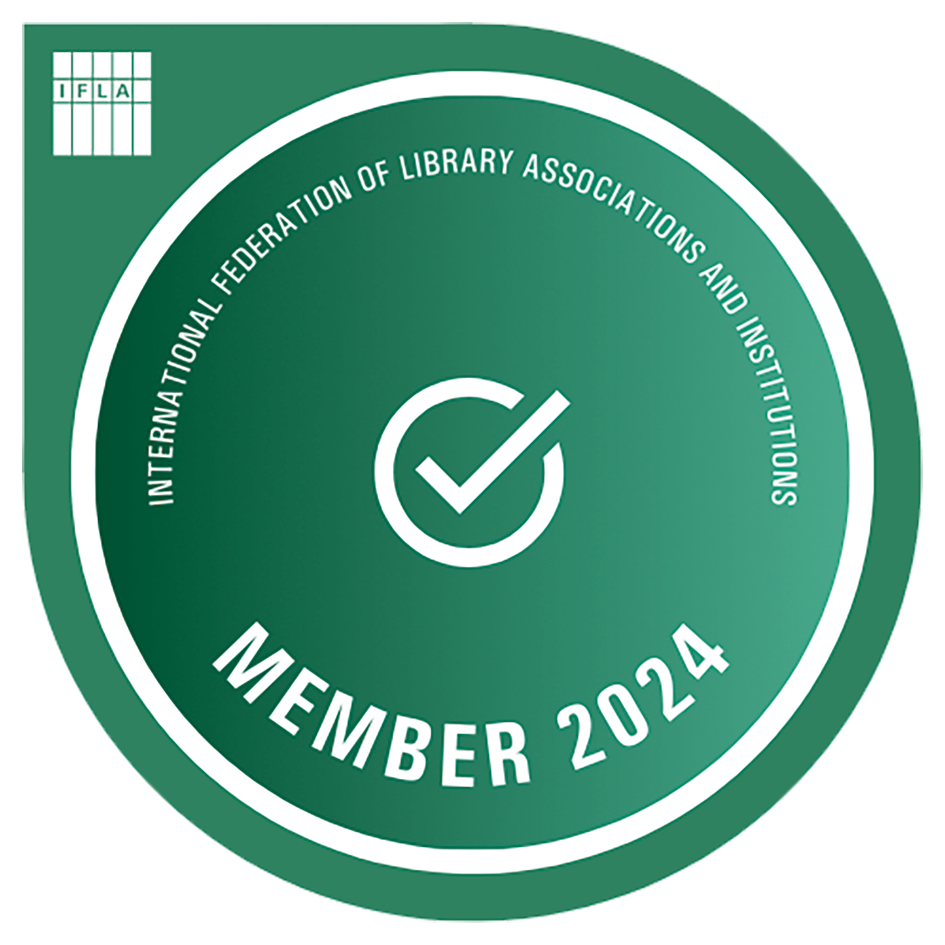閱讀活動錄音下載
- 2017-11-01
著者:林國平主講
出版(活動)日期:2017-11-01
時間:01:14:48
發音:英語
出版者:國家圖書館
內容簡介
國家記憶與檔案管理國際培訓研習會
11/1
善用數位科技於MLA服務創新
Digital Technology Facilitated MLA (Museums, Libraries, and Archives) Service Innovation
林國平主講
國立故宮博物院文創行銷處處長
James Quo-ping Lin
Director General, Dept. of Cultural Creativity
國立故宮博物院(以下簡稱為故宮)近年來積極把經營理念從過去以「物」為主 的思維轉換為以「人」為主,讓故宮能夠跳脫一般民眾視其為傳統寶物樓的刻板印象,進而在社會教育的面向扮演更活潑的角色,深入當代人的生活。故宮在2006年所推出,以黃庭堅<花氣薰人帖>為主題的形象廣告「Old is New」,以及在2010年提出「形塑典藏新活力,創造故宮新價值 」的願景 ,更明確地說明了數位建設與服務創新對故宮的影響:收藏在博物館中的,不再只是靜態的文物與厚重的史冊,更擴及了數位影像和文物相關的後設資料(metadata)。大眾將可以直接在線上欣賞國寶並與其互動,在文物資料的運用上也更方便;歷史文物因此而有了新的生命,典藏的史料以鮮活的面貌,重新與現代人的生活連結起來,使歷史文物因此有了新的生命。故宮將館中的古文物以及中華文化推上現代舞台的關鍵,即是科技應用及服務創新(包括資通訊化服務之創新與非資通訊化服務之創新)。回顧故宮從2002年正式啟動數位典藏國家型科技計畫開始,至今已完成許多項數位科技專案計畫和服務創新,並獲得相當豐碩的成果;然而在其大量導入科技應用及服務創新之過程中,不但面臨了多項挑戰,同時,民間、政府、學界各方亦有不同的聲音和想法。回顧過去,前瞻未來,故宮要如何持續且有效地透過科技應用及服務創新而賦予中華文化和歷史文物新生命,加強民眾對中華文化和歷史文物之認識,進而使民眾到故宮來趟知性之旅。
In 2006, the NPM in Taipei, Taiwan, issued an advertising image titled “Old is New” based on “A Letter on Floral Fragrances” by the Song Dynasty calligrapher Tingjian Huang. In 2010, the NPM announced its new vision called “Reviving the Charm of an Ancient Collection and Creating New values for Generations to Come” (Annual Report 2010, 2010). Furthermore, in recent years, the NPM has been shifting its operational focus from being object-oriented to being public-centered, and the museum holdings of the NPM have not only the physical forms of its artifacts and documents but also its collection of digital images and metadata. The shifts of vision and operational focus have been designed to change the NPM’s image from that of being a traditional antiques silo into one of an active participant in social education. These shifts have been undertaken to inject new life into its collection of historical artifacts. Archived collections would be given a refreshingly new image, be pushed out to people for viewing online, and become more connected with people’s daily lives. In this vein, to form the foundations for the aforementioned shifts, the NPM has begun to conduct its National Digital Archives Program[1] sponsored by Taiwan’s National Science Council (which became the Ministry of Science and Technology on February 3, 2014). Moreover, the NPM has collaborated extensively with both local and foreign designers to transform the historical spirit, cultural meaning and formal esthetics of the Chinese cultural relics into contemporary cultural and creative products. Through such derivative cultural and creative products, it is intended that the NPM experience can be extended after visiting the museum and that the significance of Chinese culture and art can be transplanted into the daily lives of museum visitors. Among these endeavors for infusing life into ancient artifacts and texts, sustaining the curiosity of the public for Chinese culture and history, and invoking their desire to visit the NPM in person, the key media are digital technology applications and service innovations. The service innovations can be grouped into two further categories: the ones enabled by ICT- and the
non-ICT-enabled ones. These endeavors are a clear argument that adopting digital technologies and innovative services can impact the museum positively. However, change has been accompanied by many challenges and contrary opinions about the project from the public, the government and from academia. The NPM administration wants to keep Chinese culture relevant in the modern age. However, to plan for the future while reviewing the past, the NPM administration has had to consider its next steps with care.
2018.1.3更新
- 資源查詢
- 公告資訊
- 關於本館
- 讀者服務
- 申辦服務
- 其他網頁連結



